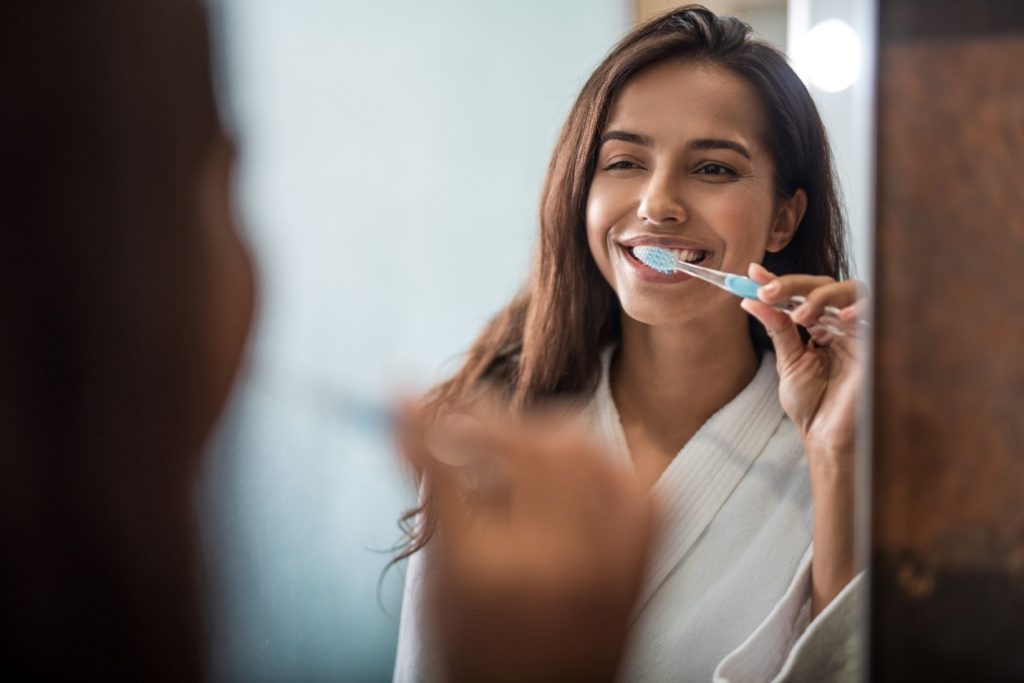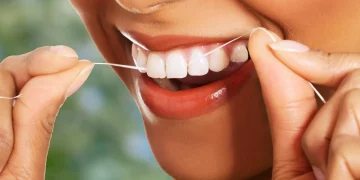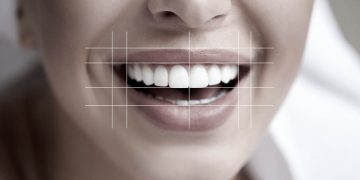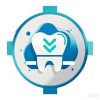Introduction
Oral health is a cornerstone of overall well-being. While brushing your teeth may seem like a routine task, how you do it plays a crucial role in preventing dental issues such as cavities, gum disease, and bad breath. Many people think that brushing alone is enough, but in reality, there’s a lot more to it than just picking up your toothbrush and scrubbing away.
This article will delve deep into the importance of proper brushing techniques, common mistakes people make, and how small changes can lead to healthier teeth and gums. By focusing on the details, you can avoid costly dental treatments and maintain a beautiful smile throughout your life.
Chapter 1: The Basics of Brushing Your Teeth
The Right Toothbrush: What to Look For
The first step toward effective brushing is choosing the right toothbrush. While it may seem trivial, the type of toothbrush you use can greatly affect your oral hygiene routine.
- Bristle Type: Soft-bristled brushes are generally recommended by dental professionals. Hard bristles can damage your gums and enamel over time.
- Size and Shape: Opt for a brush that comfortably fits in your mouth. A compact head allows you to reach all areas, including the back teeth.
- Manual vs. Electric: Electric toothbrushes can provide more consistent brushing, with some models featuring timers and pressure sensors to ensure proper technique.
Choosing the Right Toothpaste
Not all toothpaste is created equal. Different formulations are designed for various needs, from cavity prevention to teeth whitening.
- Fluoride: Fluoride is essential for fighting cavities. Look for toothpaste with fluoride unless otherwise advised by your dentist.
- Sensitive Teeth: If you have sensitive teeth, consider using toothpaste specifically formulated for this issue. These pastes help block the pathways to your tooth nerves.
- Whitening: Whitening toothpastes can help remove surface stains, but avoid overuse, as some formulations can be abrasive.
Chapter 2: The Proper Brushing Technique
Step 1: Positioning the Toothbrush
Position the toothbrush at a 45-degree angle to your gums. The bristles should make contact with both the tooth surface and the gum line. Many people brush with the toothbrush held flat against their teeth, which is ineffective in cleaning the gums.
Step 2: Gentle, Circular Motion
Use small, circular motions rather than scrubbing back and forth. Scrubbing too hard can irritate the gums and lead to gum recession, which exposes the sensitive roots of your teeth. Gentle circular strokes allow for more thorough cleaning and less damage to your enamel and gums.
Step 3: Don’t Forget the Inner Surfaces
While many people focus on the outer surfaces of their teeth, it’s important not to overlook the inner surfaces, particularly on the lower front teeth. These areas are often missed and can harbor bacteria, leading to plaque buildup and potential tooth decay.
Step 4: The 2-Minute Rule
Brush your teeth for at least two minutes. Most people spend only about 45 seconds brushing, which is insufficient for a thorough clean. Set a timer or use an electric toothbrush with a built-in timer to ensure you’re brushing long enough.
Chapter 3: Common Mistakes and How to Avoid Them
Brushing Too Hard
One of the most common mistakes people make is brushing their teeth too hard. Many believe that harder brushing results in cleaner teeth, but in reality, it can damage the enamel and gums. If you find that your toothbrush bristles are fraying quickly, you may be applying too much pressure.
Brushing Too Quickly
Spending less than two minutes brushing means that you’re not spending enough time cleaning each area of your mouth. Inadequate brushing increases the risk of plaque buildup, which can lead to cavities and gum disease.
Using the Wrong Toothbrush
Many people use a toothbrush that is too large or too small for their mouth. A brush that’s too big can’t reach the back teeth properly, while a brush that’s too small may not cover enough surface area. It’s important to select a toothbrush that fits comfortably in your mouth and allows you to reach all the corners.
Chapter 4: How to Maintain Your Toothbrush
How Often Should You Replace Your Toothbrush?
Replace your toothbrush every 3-4 months, or sooner if the bristles are frayed. A worn-out toothbrush is much less effective at cleaning your teeth. If you’ve been sick, it’s also a good idea to replace your toothbrush to avoid reintroducing germs.
Cleaning Your Toothbrush
After every use, rinse your toothbrush thoroughly to remove any toothpaste or debris. Store it in an upright position in a dry area to allow it to air dry. Don’t cover your toothbrush with a cap, as this can encourage bacterial growth.

Chapter 5: The Role of Brushing in Preventing Oral Diseases
Cavities: How Brushing Helps
Cavities are caused by the buildup of plaque on teeth, which creates an acidic environment that erodes tooth enamel. Regular brushing, especially with fluoride toothpaste, helps to remove plaque before it has a chance to turn into decay.
Gum Disease: How Brushing Can Save Your Gums
Gum disease starts with gingivitis, which is the inflammation of the gums due to plaque buildup. If left untreated, gingivitis can progress to periodontitis, a more serious form of gum disease that can result in tooth loss. Proper brushing helps remove plaque from the gum line, preventing the onset of gum disease.
Bad Breath: How to Keep Your Breath Fresh
Bad breath is often caused by bacteria that accumulate on your tongue, teeth, and gums. Brushing your teeth regularly and cleaning your tongue with a tongue scraper or the back of your toothbrush can significantly reduce the number of bacteria in your mouth and help keep your breath fresh.
Chapter 6: Enhancing Your Brushing Routine
Flossing: The Perfect Complement to Brushing
Brushing your teeth is only one part of an effective oral hygiene routine. Flossing is essential for cleaning the spaces between your teeth that your toothbrush can’t reach. Make sure to floss at least once a day to remove trapped food particles and plaque.
Mouthwash: A Final Step for Extra Protection
Using mouthwash after brushing can help kill remaining bacteria, reduce plaque, and freshen your breath. Choose a mouthwash that contains fluoride for added protection against cavities.
Conclusion
Brushing your teeth correctly is more than just a daily routine; it’s a habit that directly impacts your overall health. By focusing on the details – such as using the right toothbrush, adopting the proper technique, and maintaining a consistent oral hygiene regimen – you can avoid common dental problems like cavities, gum disease, and bad breath. Remember that prevention is always easier than treatment, so start today by improving your brushing habits and ensuring a lifetime of healthy teeth and gums.













































Discussion about this post